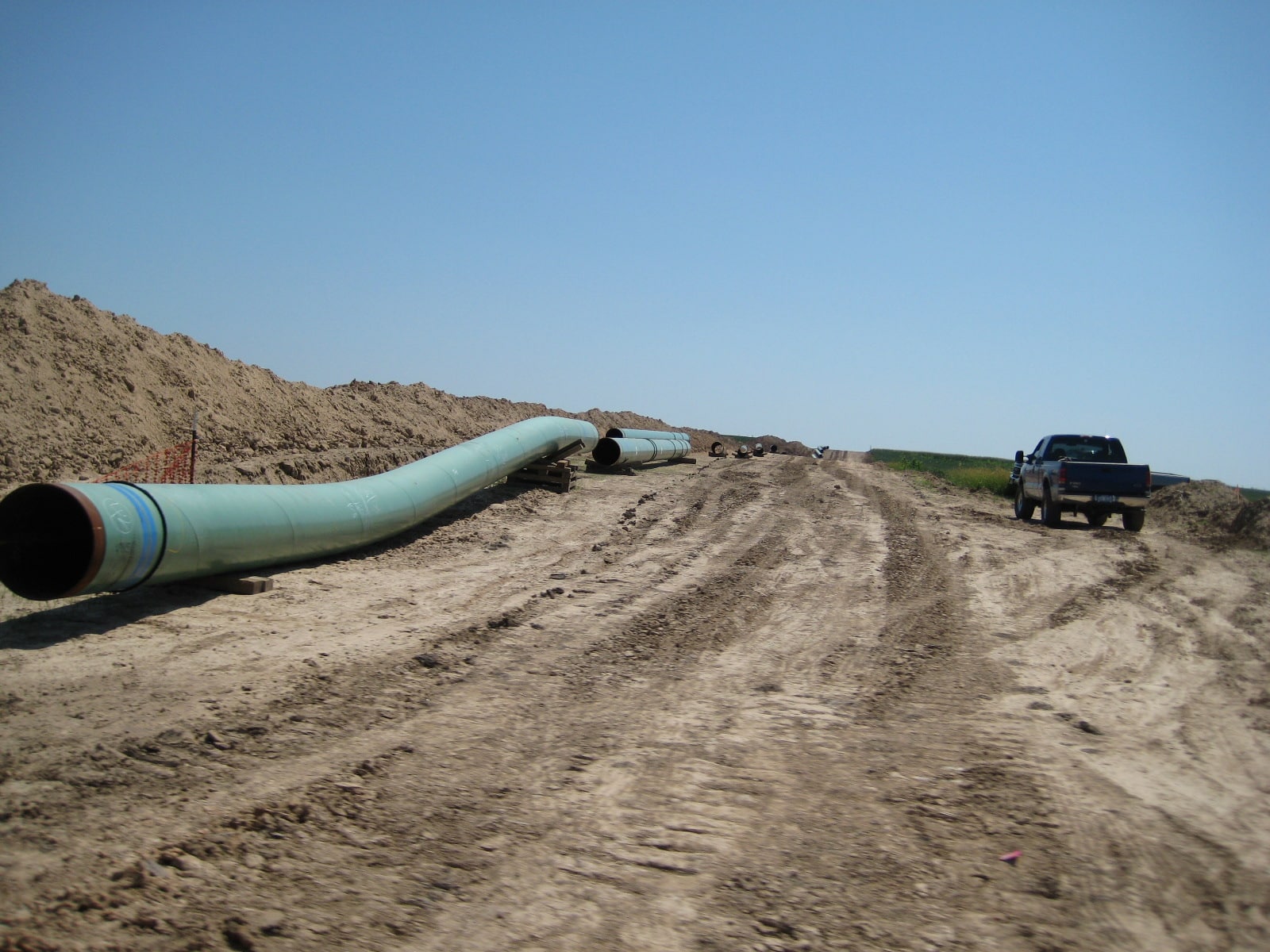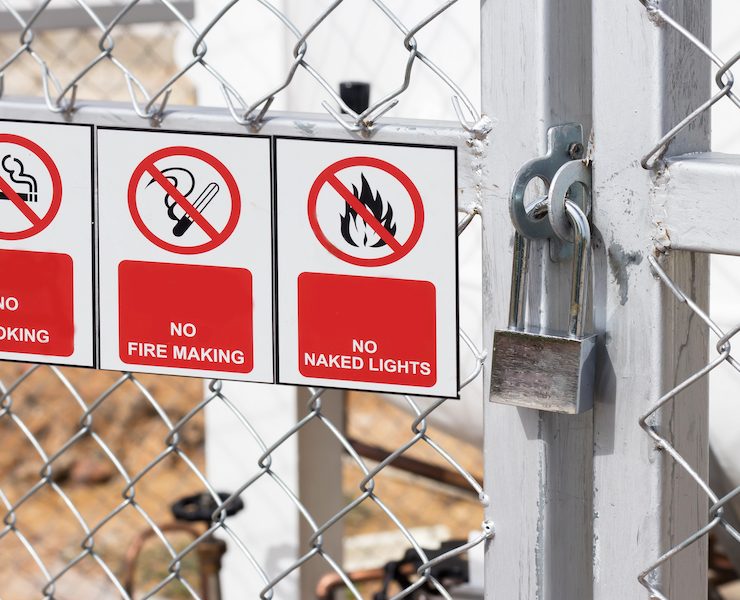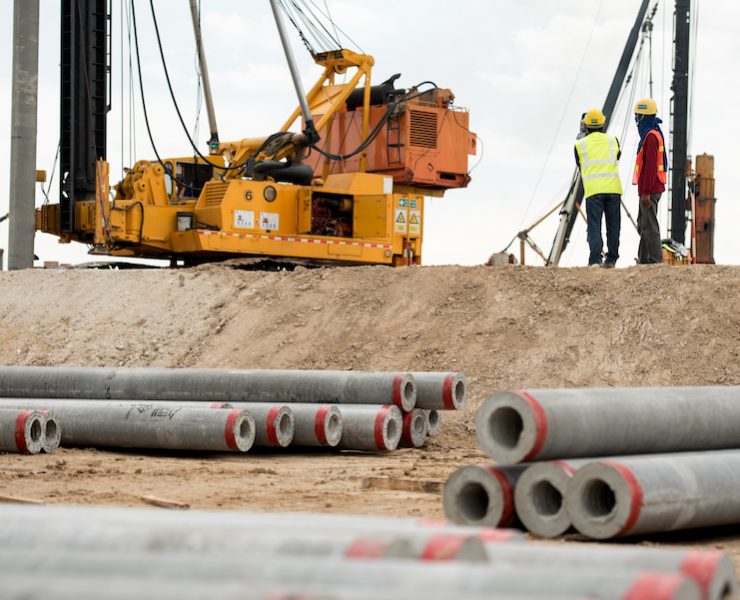Keystone Pipeline Receives Presidential Endorsement But Hurdles Remain

TransCanada recently received approval from the U.S. government to construct and operate a $3.4 billion cross-border section of the Keystone XL pipeline.
The line would consist of more than 1,200 miles of 36-inch diameter pipe that would carry crude oil from Hardisty, Alberta to Steele City, Nebraska. The first U.S. facility and mainline shut-off is designated for the U.S.-Canada border in Phillips County, Montana. The project also includes 18 ancillary pumping stations.
At completion, the pipeline could deliver up to 830,000 barrels of crude oil on a daily basis from the Western Canadian Sedimentary Basin.
Construction of the line would support more than 42,000 jobs during the two-year timeline, with 16,000 positions stemming from the construction sector, according to the Record of Decision from the State Department.
Approximately 875 miles of the pipeline would run through the U.S., with the route extending primarily through flat and stable areas. During construction, potential impacts to soil resources would include erosion, loss of topsoil, compaction, and a rise in the proportion of large rocks within top soils. Contractor mitigation measures will include erosion control systems.
Delayed Construction
Achieving a presidential thumbs-up was a significant step for TransCanada, yet construction of the pipeline will not commence in 2017.
Currently, the line lacks an approved route in Nebraska, where opponents have successfully challenged a previously proposed route that crossed a state water aquifer and the Sand Hills region.
Nebraska’s Public Service Commission is currently reviewing the latest application for the route, which would avoid the aquifer. The review process could take a year.
The project faces additional resistance from environmental and indigenous groups who claim the application submitted by TransCanada utilizes an outdated 2014 Supplemental Environmental Impact Statement.
Additional Connections
Once operational, the pipeline would connect to the existing Keystone Cushing extension line that extends from Steele City to Cushing, Oklahoma. This pipeline currently extends south to Nederland, Texas near the Gulf Coast.
The Keystone XL line could also transport oil from Montana and North Dakota, if the Bakken Marketlink Project – a proposed five-mile line near Baker, Montana – is built. This additional extension could supply up to 100,000 barrels of crude oil per day.
When will construction of the Keystone XL pipeline begin?
Construction of the Keystone XL pipeline is currently delayed as it lacks an approved route in Nebraska, and the review process by Nebraska's Public Service Commission could take up to a year.
What is the potential capacity of the Keystone XL pipeline?
The Keystone XL pipeline, upon completion, could deliver up to 830,000 barrels of crude oil daily from the Western Canadian Sedimentary Basin, supporting more than 42,000 jobs during its two-year construction period.

















